2019 changed to 2020. Nothing unusual. This is predictable and happens exactly once a year. The New Year holidays, which many have been waiting for, have passed and the time has come for new stories about gadgets. The beginning of a new year does not always bring a lot of interesting news. Despite this, today we will find something to talk about. We present to your attention our traditional selection of news from the past week. Pour a cup of hot cocoa, sit down comfortably in an easy chair, click “read more” and we start.
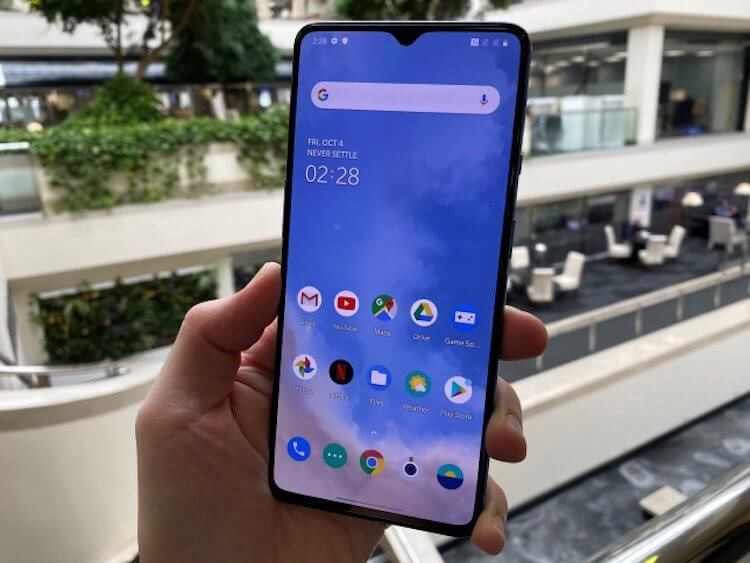
A new display is always good.
- OnePlus will introduce new display technology
- Samsung openly says it sells user data to Samsung Pay
- Xiaomi, Oppo and Vivo introduced a full-fledged analogue of AirDrop
- Samsung introduced a rugged frameless smartphone with a removable battery
- Xiaomi forced to remove some applications from MIUI
- What's important to the Galaxy S20 flagship lineup?
OnePlus will introduce new display technology
OnePlus recently unveiled the OnePlus Concept One at the CES 2020 consumer show. A special feature of the phone is the ND filter, which hides the cameras of smartphones by analogy with sunglasses. Before the announcement, everyone thought that the company would show something truly unique and interesting, but in reality it turned out to be some kind of filter that could, in fact, not be shown. Filter and filter, so what? This time around, we are being asked to believe that OnePlus is gearing up to showcase new display technology. However, we doubt that it will be really interesting.
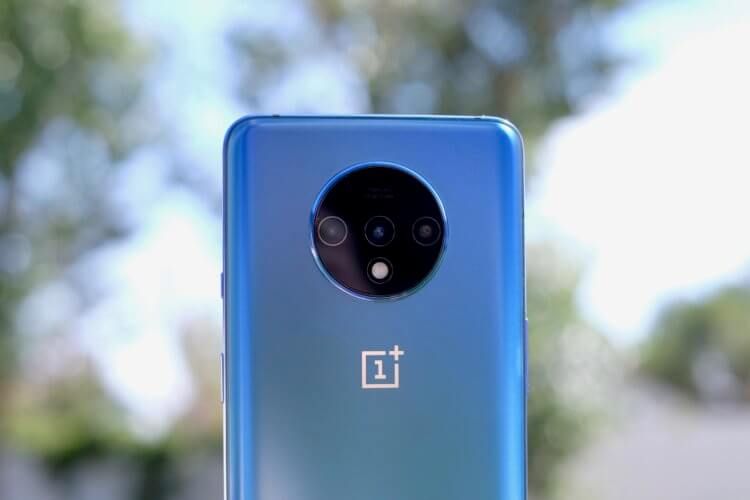
OnePlus will introduce new display technology
A teaser poster has appeared on the web, it looks like this. The presence of a kind of loop following the display in the form of several screen prints indicates the presence of either an increased frame rate, or advanced protection with several layers of glass.
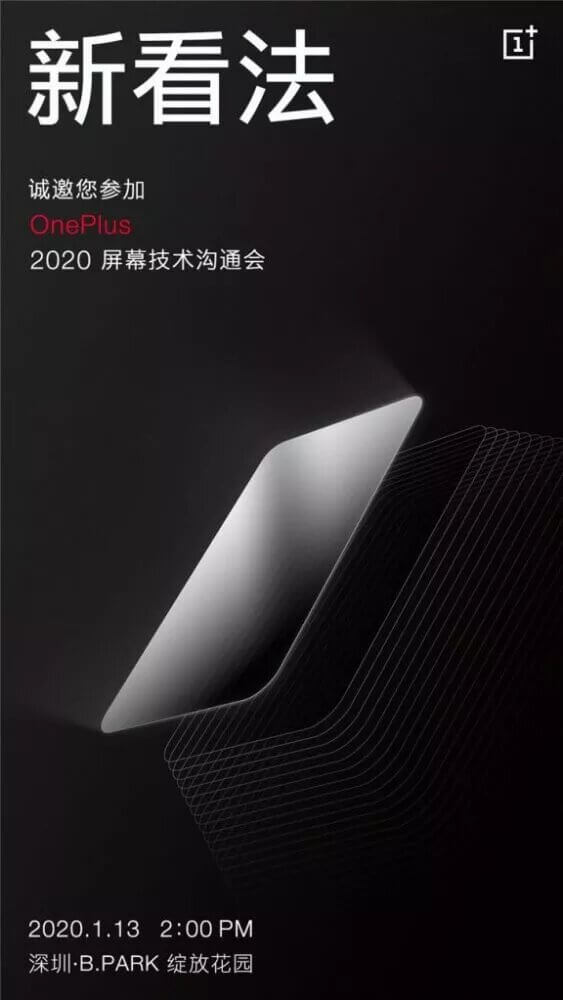
OnePlus will introduce new display technology
Currently, the flagships of the companies operate with a display refresh rate of 120 Hz. This figure is not very attractive and interesting, since even Xiaomi has already released a budget Redmi K30 with a similar screen. If OnePlus does introduce a 120Hz display, it would be a complete flop. She needs to show something more interesting. For example, a refresh rate of 240 Hz or 360 Hz.
Earlier Sharp introduced the Aquos Zero 2 smartphone with OLED – 240 Hz screen and Snapdragon 855 processor. The company has not yet disclosed the start of sales and the price of the phone. However, its presence says only one thing – manufacturers can already present such a screen. In addition, not so long ago Nvidia, together with Asus, showed the world a monitor with a 360 Hz picture refresh. Why not give the same to the owners of Android phones? However, knowing OnePlus, the company is likely to show the annoying 120Hz display.
Remember Moto Z2 Force? This is a smartphone with a secure screen. It features a ShatterShield with 5 layers of protection. The likelihood that the company will show such technology is very small. The fact is that due to the numerous layers of protection, the picture quality may suffer, the effect of the display hovering above the surface disappears.
The refresh rate of the screen is measured in hertz, 60 hertz means that the screen can show 60 frames in 1 second. The more frames, the smoother the picture feels (less gaps between frames). What are the advantages of increased frequency? A 120Hz screen will appear 2 times smoother than a conventional 60Hz display. This is especially true in the case of games and mobile interfaces, since the human eye is located close to the screen, and the user often interacts with the interface. Android with Material Design began to offer more complex and varied animations.
The disadvantage of increased frequency is the increased consumption of battery power. Manufacturers need to increase the battery capacity by 10-20% to compensate for the difference in screen frequency. The reason for the increased consumption is the graphics chip – it needs to draw 120 frames per second instead of 60. In the case of 240 Hz, the load on the graphics chip will become even higher. This can also lead to its rapid wear.
It is possible to overclock the display, but this can lead to a number of problems. Everything rests on the capabilities of the matrix and the display controller – they may simply not support such high frequencies. In addition, manually increasing the frequency will lead to their rapid failure. Some craftsmen manage to develop modifications with screen overclocking. So, the display Xiaomi Mi 9T was overclocked to 75 Hz, and Mi 9 was overclocked to 84 Hz.
No. Some manufacturers are not yet ready to use honest 90 or 120 Hz in all applications. For example, OnePlus disables 90Hz in apps using SurfaceView, TextureView, or NativeActivity. The Pixel 4 also uses 90Hz adaptive mode by default, but you can enable a constant boost in the developer settings. Owners of Redmi K30 complain about similar problems with adaptive 120Hz.
Samsung openly says it sells user data to Samsung Pay
Despite the fact that it is Apple that is considered perhaps the most caring company when it comes to ensuring the safety of customers, Samsung, until recently, also never became involved in cases of leaking user data. However, in the coming year, it suddenly turned out that the Koreans, firstly, are leaking some of their confidential information to China, and, secondly, they are not sufficiently careful to protect their devices from hacker attacks. But who would have thought that Samsung would easily sell Samsung Pay user data? Well at least they allow it to be banned.
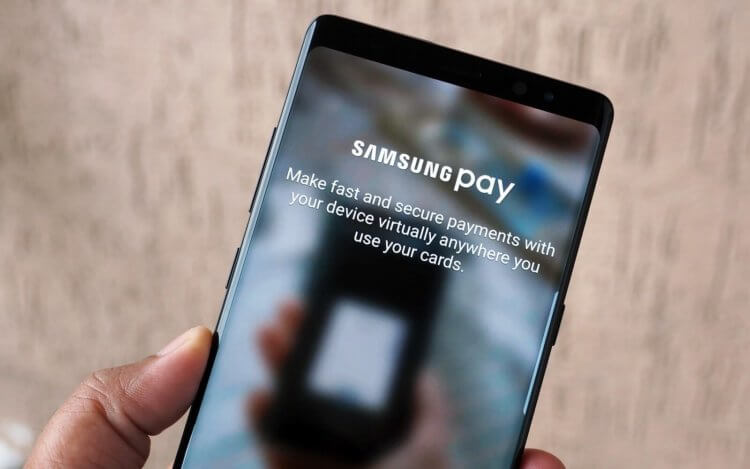
Samsung Pay user data is ruthlessly sold to the side
Samsung is committed to selling user data to Samsung Pay, but it also allows this kind of trade to be banned. This was noticed by the residents of the United States using the payment service. According to them, such an opportunity was absent earlier and appeared only this year. You can verify this by going to the privacy management section, which has been available for some time in the Samsung Pay interface. There, users are invited to familiarize themselves with the terms of service and, if desired, disable the sale of their data.
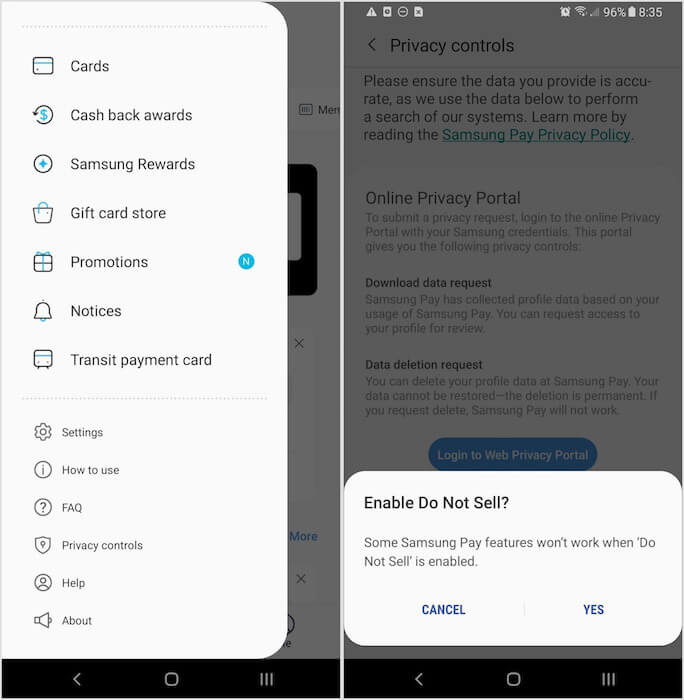
Don't want your data to be traded? Set ban
Interestingly, this feature is available only in the US and is not available for users from Europe, India, Russia and other countries. This means that it is directly related to the entry into force of the law regulating the activities of companies that have access to confidential information. Most likely, the emergence of a restrictive mechanism is a consequence of the adoption of California law, which requires companies to explain to their customers in full detail how they use their personal data, as well as give them the opportunity to request a complete package of information about themselves and prohibit their transfer or sale to third parties. persons.
However, the important thing here is not even that the Americans were able to rein in Samsung, but that it generally allows itself to trade user data. Still, payment information belongs to the category of sensitive, because it can tell not only about what a particular person buys, but also about where and how often he is. And according to these data, it is already possible to track all his movements, lifestyle and, possibly, even wealth. Yes, it is possible that Samsung does not leak all the data. But if she merges at least something, this is already a serious reason to ask the question, but what, in fact, prevents her from merging everything else?
Understanding why Samsung allows itself this behavior is, by and large, not difficult. The fact is that Samsung, unlike Apple, does not charge banks any commission fees for each contactless transaction, and therefore actually provides users with free access to its service. But did you really think that such a convenient and promising product from the point of view of audience scaling could in principle be commercially unprofitable? Of course not. And since it is provided free of charge, it was quite logical to assume that the goods are those who use it.
I don’t want to draw parallels and build inferences. However, at the same time, one cannot but admit the fact that using Android, which has always been considered a 'free' operating system due to the ability to use paid applications without paying anything for it, is becoming really dangerous today. After all, if Apple guarantees that it does not trade in our data, then neither Google, nor Samsung, nor anyone else can give such a guarantee. And the conclusions of what to do with this, you must make yourself.
Xiaomi, Oppo and Vivo introduced a full-fledged analogue of AirDrop
Despite its versatility and openness, Android has never had a full-fledged ecosystem. Of course, Google's operating system has never had any problems with applications, cloud storage and other services. But when it came to something more, then it became clear that Android still grow and grow. After all, it does not allow you to either connect to a computer wirelessly, or transfer data between devices of different brands, without using cloud storage. This happened due to the fact that manufacturers did not even try to unite and do something universal, trying, as a rule, only for themselves. But Xiaomi, Oppo and Vivo decided to change the prevailing paradigm.
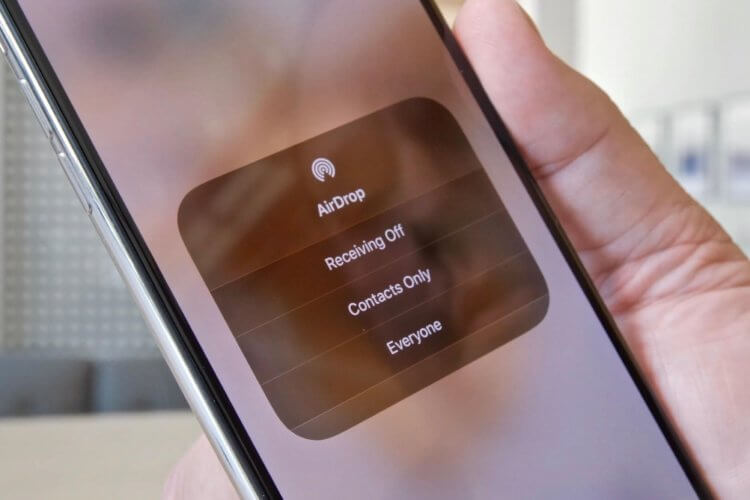
Android now has a real AirDrop analog
Last summer, Xiaomi, Oppo and Vivo announced that they had teamed up to work on a versatile wireless technology based on AirDrop. However, since the announcement and until now, nothing has been heard about the development. As a result, some people even began to think that the project stalled, and users who expected a real breakthrough would have to wait until someone more responsible was born. But, as it turned out, all this time the companies worked tirelessly, and therefore were able to launch a new technology now.
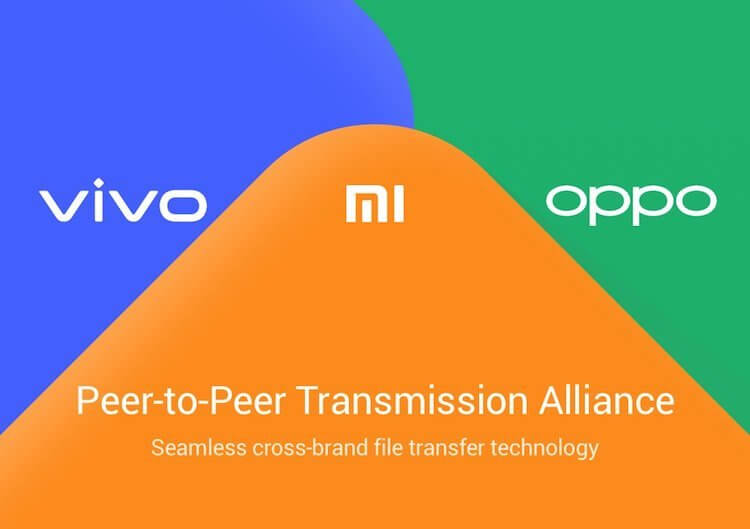
Vivo, Oppo and Xiaomi teamed up and did something useful
As such, the new development does not have a name, so Xiaomi, Vivo and Oppo call it seamless cross-brand file transfer technology. Literally translated, it means seamless cross-brand file transfer technology. It is based on the protocols Bluetooth and Wi-Fi Direct, but does not depend on the availability of the Internet and allows data transfer between smartphones of these three manufacturers at speeds up to 20 Mbps. This is a pretty good result, close to AirDrop. As a result, even a gigabyte video will be transferred in less than a minute.
Despite the fact that the technology has already left the testing stage, it is still spreading gradually and is available only to a limited number of users. The latest development is compatible with smartphones Xiaomi running MIUI 11 (Android 9.0 and newer) and Oppo smartphones based on ColorOS 7 (Android 10.0). But there is no information about devices Vivo, compatible with wireless data transmission technology. According to the manufacturer's representatives, all details will be disclosed in the near future. At the same time, all devices of the brand, which will be released in February, will be compatible with the technology out of the box.
The new technology appears automatically in the firmware of compatible devices, but it is not presented as an independent function. In smartphones Xiaomi it is built into the Mi Share data transfer mechanism, and in Oppo devices – into the Oppo Share mechanism. Therefore, to see if support for the technology has appeared on your device, go to the appropriate section and check. True, since while its distribution is carried out mainly in China, users from outside of it most likely have nothing to count on.
The decision of three major manufacturers to make a universal data transmission standard is costly. After all, if earlier it was most convenient to exchange files between smartphones of different manufacturers, perhaps, only through the cloud, now you can simply transfer data from one device to another in the same way as the owners do iPhone. This is not only convenient, but also saves time, because the transfer speed using the new technology is quite high, allowing you to transfer not only small files like photos, but also large ones, for example, 4K video.
Samsung introduced a rugged frameless smartphone with a removable battery
How often can you find a device with a removable battery? Manufacturers refuse such a solution due to insufficient space inside the smartphone case, and imagine how less often users would change their smartphones if they were offered removable batteries that can be replaced at the slightest sign of wear in one step. However, Samsung still decided to compromise and introduced a new rugged smartphone Galaxy XCover Pro.
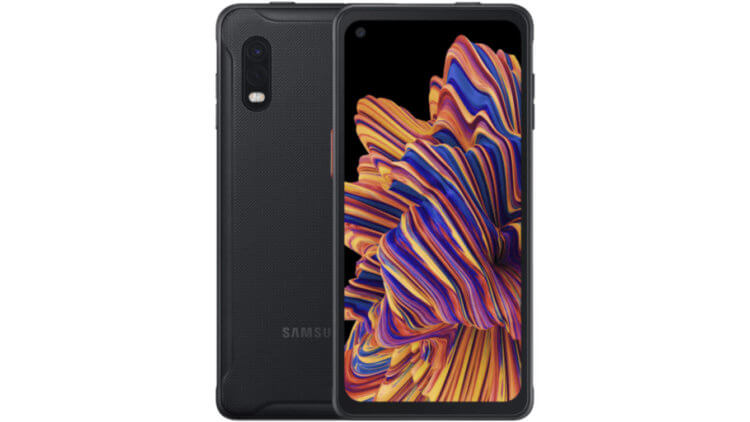
Samsung Galaxy Xcover Pro is the best rugged smartphone
The last device in the lineup was presented back in 2017, so this update really seems interesting and unexpected. In addition, she did it quietly and without separate presentations. XCover Pro, like all modern smartphones, offers a borderless screen with a small dot-shaped notch for the camera in the upper left corner of the smartphone. Its diagonal is 6.3 inches, and it is made using IPS technology. Of course, I would like to see AMOLED – a solution, but thanks for that. In addition, many will appreciate the elongated screen with an aspect ratio of 20: 9.
The device is powered by an Exynos 9611 processor, is equipped with 4GB of RAM and 64GB of internal memory, a 4500mAh battery with 15W fast charging. The main camera here is double: 25-megapixel wide-angle module and 8-megapixel ultra-wide. The front panel houses a 13 megapixel camera.
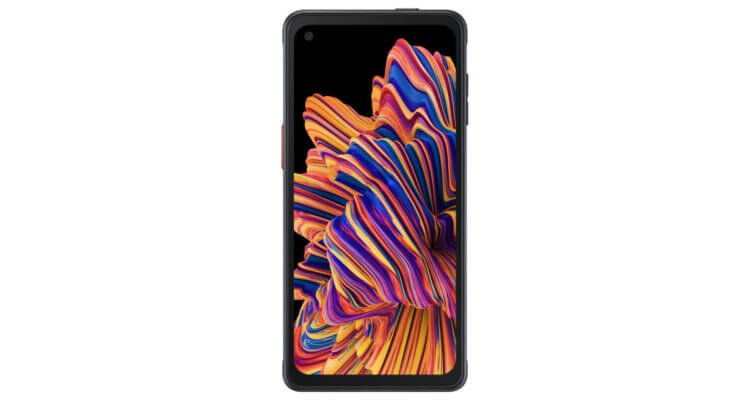
Samsung Galaxy Xcover Pro has a removable battery
The smartphone has a waterproof rating of IP68, and this despite the fact that it has a removable battery. In addition, there is the protection of the American military standard MIL-STD-810. Samsung Knox protection system is responsible for the security of the software.
On the body there are two programmable additional buttons, one of which is responsible for the flashlight, and the second for sending text messages by voice. The smartphone runs on the basis of Android 9 Pie out of the box, however, it will probably receive an update to Android 10 in the future. Sales of the smartphone will start in Europe in early February this year at a price of 500 euros .
In truth, there are currently no worthy alternatives to the XCover Pro. The Blackview BV5500 might be a good option, but it's a budget gadget with a 4.7-inch HD screen, and the legacy MT6580A is responsible for performance. Another good option would be the AGM X3 on a Snapdragon 845 processor with a 5.9-inch FHD screen, 6 GB of RAM and 64 GB of internal memory, a 4100 mAh battery and a 20-megapixel camera. However, even he cannot compare with Xcover Pro.
The reason lies in the lack of sufficient demand for such devices. Samsung is the only company that is willing to sacrifice the cost of designing and developing such a device, because it is obvious that sales will be small. Only a small percentage of people need secure smartphones. And the fact that the company provides them with a good modern solution against the backdrop of terrible options from competitors deserves respect. What do you think about this? Share your opinion on Telegram.
They will be a good companion if you are a hunter, fisherman, military man or just a traveler. Rugged smartphones are difficult to crash or drown. These are durable devices. And the removable battery makes the XCover Pro even more durable. Women with small children can be another example of using a secure phone. Today, children are increasingly demanding that parents let them play their phones or watch cartoons on their smartphones. This is the reason why many gadgets are taken to service centers. A similar phone from Samsung can fix this problem.
Of course, for 500 euros you can buy a much more attractive phone on a modern processor, for example, the OnePlus 7T, but due to the lack of popularity of secure devices, Samsung has to inflate its cost to justify its small sales relative to other gadgets. In any case, 500 euros for this kind of hardware, given all the facts, is not such a big price tag. Those who want to buy the best secure smartphone for themselves will buy XCover Pro and they will do it regardless of its cost, simply because people buying secure smartphones know in advance why they need it and will do everything to get such a gadget in any way.
Xiaomi forced to remove some applications from MIUI
MIUI – firmware loved by millions of users around the world. Xiaomi managed to turn Android into a kind of semblance iOS, and fans of the brand liked it so much that now most of them are no longer ready to switch to anything something else. Nevertheless, it is still impossible to call MIUI ideal. Not only is the firmware replete with built-in advertisements that can appear everywhere – from settings to notification points – but it also suffers from surveillance by standard applications, which Xiaomi, at the request of the authorities, however, were forced to replace.
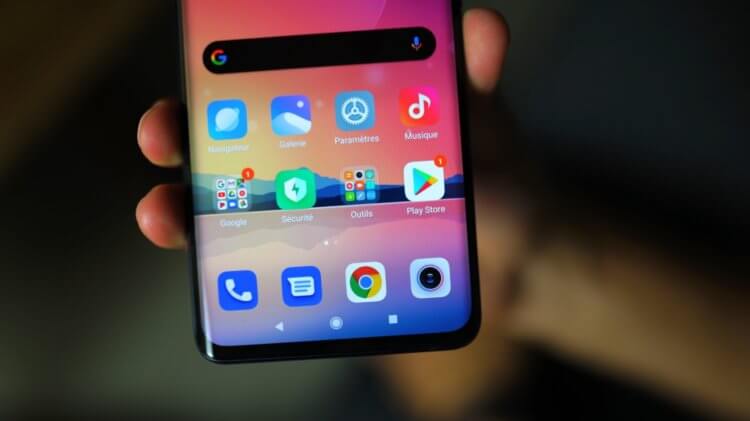
Apps Xiaomi caught spying on users
From this year, all smartphones Xiaomi destined for sale outside of China, India and Indonesia will come preinstalled with the 'Phone' and 'Messages' apps from Google. They will replace the company's proprietary software that always came with MIUI by default. The reason for this was problems with security and improper storage of data, the collection of which is carried out by software preinstalled on the devices Xiaomi out of the box.
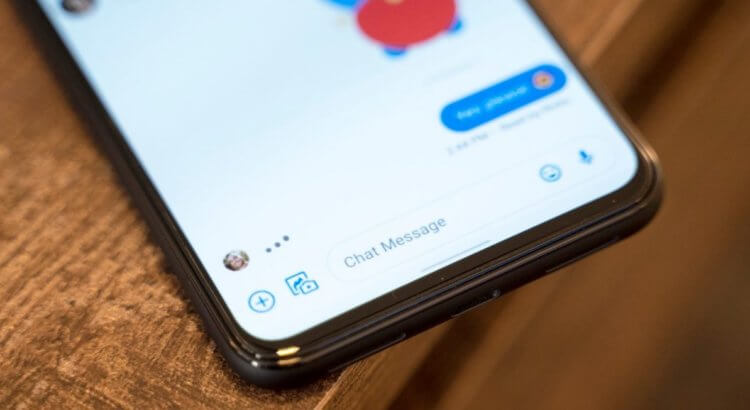
Xiaomi had to obey the requirement of the EU authorities and replace the standard software with analogues from Google
Xiaomi admits that the decision to replace standard applications with Google counterparts was made by them under pressure from the European Union. The authorities caught the company of non-compliance with user privacy laws and issued an order against it, obliging it to stop using software that poses a threat to the privacy of its customers. In case of disobedience, the very fact of the sale of smartphones Xiaomi in the EU could be questioned.
It is rather strange that the Europeans woke up only now, although Xiaomi has been pre-installing branded applications on their smartphones for many years and, obviously, has been secretly collecting user data all this time. However, it is not specified what information the company had access to. But since we are talking about the 'Phone' and 'Messages' applications, it is logical to assume that the Chinese could view users' contacts, record their calls, and also read messages, which is rather unpleasant.
In general, recently Xiaomi is clearly experiencing problems with the security of user data. After all, if the company, even at home, was accused of spying on users through proprietary software, it was difficult to expect that Europeans, who are more responsible in this area, would let the problem go down. Therefore, the story about the development Xiaomi of Plan 'B' is very appropriate here in case she is accused of something inappropriate and sanctions are imposed. But, if you remember, this is exactly where the problems started for Huawei.
How likely it is that Xiaomi will be imposed with sanctions is not yet clear. Still, the company did not spy on government officials, which means that there is no reason to hang all the dogs on it. Moreover, Xiaomi is clearly not as valuable for China as Huawei. This further reduces any value from being sanctioned. Well, since she also quickly jumped in advance, replacing the controversial software with guaranteed good quality, there can be no complaints about Xiaomi. For now, anyway.
What's important to the Galaxy S20 flagship lineup?
The line of flagships Samsung Galaxy will be presented on February 11 this year at 22:00 Moscow time at the presentation of Galaxy Unpacked 2020. The company may show a folding smartphone of the next generation Galaxy Fold 2, but we are interested in the Galaxy S line, which will include the Galaxy S20, S20 Plus and S20 Ultra . Smartphones will get one important feature that will be the new trend of 2020.
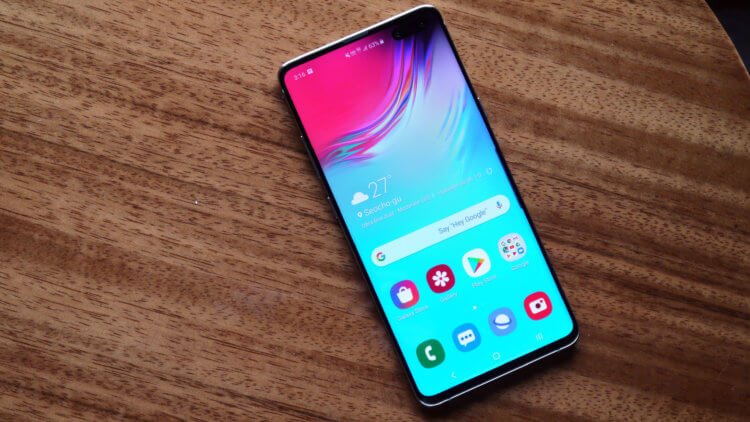
What important feature will Samsung's new flagships get?
We are talking, as many have already guessed, about a 120 Hz screen. Earlier, rumors about the presence of such screens in the new flagships of Samsung have already circulated, but recently the authoritative source of Ice Universe in Twitter confirmed this information, publishing the following:
Galaxy
S
120HzS
120Hz
+S
120Hz
Ultra– Ice universe (@UniverseIce) January 5, 2020
He did not mention the S20 lineup, probably because Samsung plans to ditch the S11 in favor of the S20 naming convention. To avoid confusion, IceUniverse decided not to specify exactly how the new Samsung flagships will be called.
Many assumed that the S20 will have a screen with a refresh rate of 90 Hz, however, as you can see, the company has decided not to deprive the owners of the cheapest phone in the S20 line. Galaxy S20 in the usual naming would be referred to as the Galaxy S11e. The Galaxy S20 Plus is the Galaxy S11 and the Galaxy S20 Ultra is the Galaxy S11 Plus.
Many people still do not understand why 120 Hz screens are needed. To understand this, just watch the comparison video below:

Screen frequency is the number of frames per second. Thus, 120 Hz means that the screen changes the picture 120 times per second. This makes scrolling and any interactions with the interface smoother.
Why exactly 120 Hz and not 130? We have an answer to this question.
Many people may confuse screen frequency with response speed. Response speed is how quickly the screen responds to user input. Currently, the best in this indicator is the smartphone Xiaomi Black Shark 2. It uses Fast Finger technology with a response speed of 43 ms. In iPhone this figure is 45 ms. In conventional smartphones, this figure is approximately 80-100 ms. And even a smartphone with a 120 Hz refresh rate may not have a very fast response, this is what the owners of the Redmi K30 with a 120 Hz screen and a cheap matrix with a bad touch may complain about.
Therefore, you should not think that buying a cheap device with a 120Hz screen will make your smartphone responsive, by no means. We can, by the way, discuss this in Telegram.
All three devices in the Samsung Galaxy S line are rumored to have rounded OLED screens. Earlier in the S10e, the screen was not rounded. This is done in order to move the Galaxy S line towards more expensive devices. The cheapest Galaxy S20 will cost more than the Galaxy S10e.
This move is due to the fact that the company does not want the 'cheap' Galaxy S20 to influence sales of the mid-budget Galaxy Note10 Lite and S10 Lite. This is exactly what is happening with the S10e – at a price comparable to the S10 Lite, while offering premium body materials as opposed to the plastic in the Lite version.
We have already written material on the topic of why 120 Hz screens will become the trend of 2020. The bottom line is that the human eye is able to distinguish more than 1000 frames per second, so it makes sense to develop the refresh rate of the picture in smartphones.
We can say that the manufacturers, having improved the quality of the screens as much as possible, decided to increase the frequency, which was expected and correct from the point of view of user experience. In smartphones, it is especially important to have smooth interfaces as they are the most dynamic. Computers offer functionality, while in smartphones, visual perception is more important.
Are you ready to buy a 120Hz smartphone in 2020? Share your opinion below in the comments.
